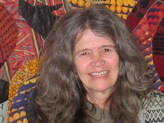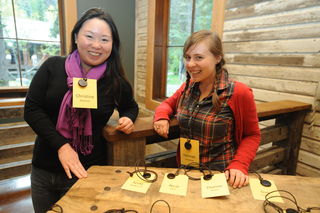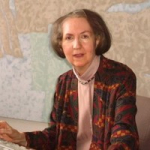
Kim Kober
Detroit Voters Save the Day for 125-Year-Old Museum
Posted by Aug 08, 2012

Kim Kober
 Kim Kober
Kim Kober
Last night, the three largest counties in Michigan passed a ballot measure to help sustain the Detroit Institute of Arts (DIA). Two of the counties, Oakland and Wayne, passed it by more than 60 percent, while the third county, Macomb, came down to the wire at 51 percent.
The museum was founded over 125 years ago, but began to suffer financially when public funding dried up in the nineties, followed by the Great Recession over the past several years. The measure was included on the ballot for the primary elections held in Michigan yesterday and its passage adds a property tax, also known as a millage, that will cost homeowners an average of $15–$20 annually.
The resulting funds will provide approximately $23 million in annual funding for the museum for each of the next ten years, covering their annual operations. During that time, the museum will focus on building their endowment to ensure the museum’s sustainability after the ten years have passed.
Detroit arts advocates employed some creative tactics in the weeks leading up to the primaries.
Free Art Friday, led by Skidmore Studio, invites artists and arts supporters to create art and leave it around the city with a note, for others to find and keep. Last Friday, the event began with a rally at the DIA in support of the museum. Just days before that, Art is for Everyone sponsored a rally in a nearby park. Between the two events, hundreds showed up in support of the museum, and the visibility made a difference.
Mike Latvis, director of public policy at ArtServe Michigan and chair of the State Arts Action Network noted, "This is a great win for arts and culture in Michigan. Yes, it is only one organization out of hundreds, but voters representing counties totaling 40 percent of the state's population just said yes to funding the arts."
Read More



 Judi Jennings
Judi Jennings









